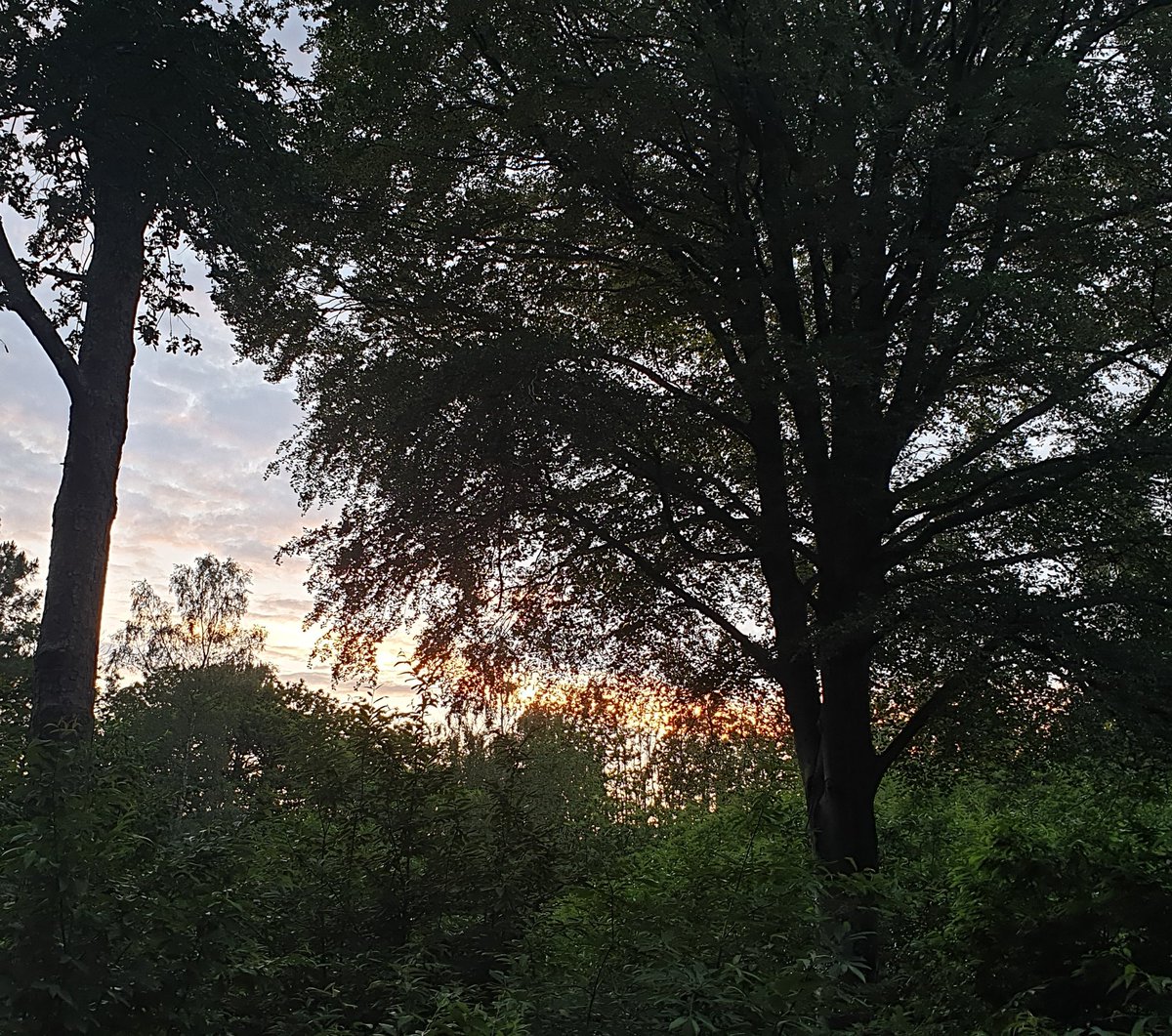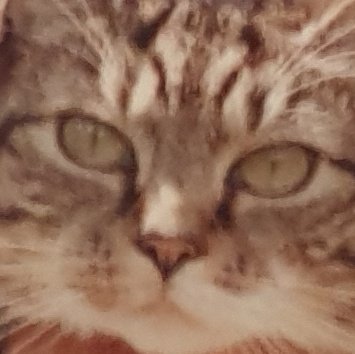Our new #IsleofWight #theropod #dinosaurs - Vectaerovenator (not as scary as it looks: 'vect-air-oh-ven-a-tor') from the Greensand of #Shanklin - was published yesterday in an #OA paper, available here: onlinelibrary.wiley.com/doi/full/10.10… Brief thread on this research...
This dinosaur - so far known from four extremely unusual, anatomically interesting vertebrae (two of them shown here) - was discovered by three different collectors, our work on describing them was led by University of Southampton PhD student @palaeoguy12 ... #FossilFriday 

It was obvious from the start that this was (1) a theropod (or predatory dinosaur), (2) a new species and genus, and (3) interesting in being highly pneumatic (that is, it has loads of air-filled cavities and openings: you can see those features in these photos)... #dinosaurs 

We described the bones in detail (Chris is very good at this), checked it with everything applicable to be sure it was new, & thought about new names. We considered several but went for Vectaerovenator inopinatus Barker et al., 2020, 'unexpected Isle of Wight air-filled hunter'.. 

Why 'unexpected'? Most #IsleofWight #dinosaurs are from the Wealden. Vectaerovenator is from a younger marine rock called the Greensand Group, and is from a location that hardly ever yields dinosaurs. And there are very few good European dinosaur remains of its age (Late Aptian). 

It's therefore a really interesting addition to the European, and global, dinosaur fauna ... even though it's so fragmentary. What sort of theropod is Vectaerovenator? Many features show that it's a tetanuran theropod: a megalosaur, allosaur or tyrannosaur-type animal... 

We coded it for a phylogenetic analysis and were surprised to see it emerge as a tyrannosauroid. We're not confident that this is right, however, and other tests of the data find it to jump around in the tree. We need more anatomical information before it's better 'pinned down'.. 

I've written about this research here at #TetZoo .... tetzoo.com/blog/2020/8/15… Go here for appropriate links, references and more on this story. Remember again that the paper is OPEN ACCESS, so go collect a copy for yourself :) And...
Another Greensand fossil I published back in 2013 - the crow-sized pterosaur Vectidraco - was also published in an #OpenAccess venue. It's here ... journals.plos.org/plosone/articl… #pterosaurs #IsleofWight #fossils
This project is an excellent example of the collaborations that happen when fossil finders, researchers and museums work together. Thanks to finders Paul Farrell, James Lockyer & Robin Ward, to Dinosaur Isle Museum, and to the @EvoPalaeoLab team, @ClarkinBoneBiol and others :) 

• • •
Missing some Tweet in this thread? You can try to
force a refresh


































